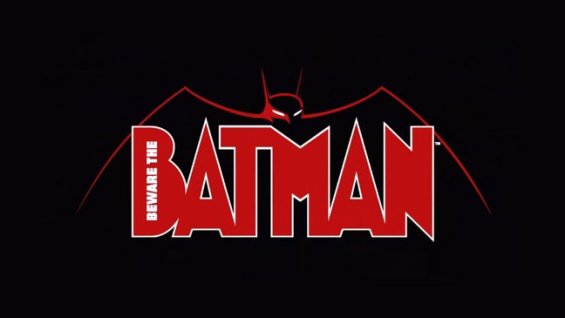In the many months since of the Aliens: Colonial Marines video game, Gearbox attempted to fix a few of its many errors in the game by releasing a stream of upgrade patches and downloadable content (DLC). The latest DLC, which was released on July 24th, has been titled Stasis Interrupted and it is a complete campaign that depicts how Corporal Dwayne Hicks escaped the grim fate that was depicted for him in Alien 3. Click here to see a post on the AvP Galaxy site that features video clips that cover the entire campaign.
From what I've seen in the video clips provided, Stasis Interrupted really is the kind of story that Alien franchise fans were hoping for when Colonial Marines was first announced. It's not a perfect story, but it's a significant improvement over the original game's plot and mechanics. The cast of characters in Stasis Interrupted are much more interesting than the ones in Colonial Marines, the Aliens behave more like the stealthy, calculating threats that they're supposed to be, and returning Aliens cast members Michael Biehn and Lance Henriksen are given much more interesting things to do with their respective roles. Sadly, the fact that Gearbox has treated Stasis Interrupted as an insignificant afterthought by quietly releasing it six months after the release of the main game is just another line item to be added to the extensive list of everything Gearbox did wrong with its contribution to the Alien franchise. Click here to read my original post about the disastrous release of Colonial Marines.
With that in mind, here are a few suggestions that I have for game developers who will be developing whatever Alien games are commissioned in the future. For all of its improvements, Stasis Interrupted still treated the Aliens as nothing more than moving targets that are meant to be shot. Read on for four Alien attributes that game developers can utilize to make a superior video game experience.
1. The Alien is extremely resilient. As the franchise has depicted on many occasions, the Alien is ready and able to survive in even the harshest of environments. Thus, an Alien game could put players in a situation where they have to survive against an Alien onslaught while stuck in a hostile environment (e.g., a toxic atmosphere, frequent incidents of extreme weather, a lighter or heavier gravitational pull, etc.). Here's where developers could learn something from The Thing video game that was released back in 2002: In addition fighting against attacks from the titular Thing monsters, players also had to frequently find shelter from the relentless Arctic cold before they froze to death.
2. The Alien can rapidly evolve to meet changing environmental demands, such as new kinds of hosts and prey. As it was hinted at throughout the franchise and directly addressed in Prometheus, the Alien has a genetic plasticity built into its parasitic reproductive process that allows it to assume new shapes, behaviors and abilities. For example, the deleted cocoon scene in Alien suggested that the Alien could function as a solitary predator, while the hive present in Aliens suggested that the Aliens could organize themselves into a social hierarchy for the purpose of overtaking a large population of hosts/prey in a short amount of time. A future Alien game could take place on worlds with forms of life that produce a very different kind of Alien, or it could introduce a new Engineer artifact that would greatly influence the evolution of the Alien.
Imagine what an Alien video game would be like if it were set in the Avatar universe.
3. The Alien has acid blood. When considering what is known about the Alien, video games that are built around it should provide fully destructible environments that can be damaged by the Alien's acid blood. In most Alien video games, the acid blood that erupts from shooting an Alien at close range may damage the player, but it doesn't eat through floors, walls or other surfaces like it does in the Alien movies; thus, these games emphasize the shooter aspect of game play while ignoring one of the Alien's most distinct characteristics as a movie monster. When fighting a horde of Aliens in an enclosed space, shooting them by the dozens with a machine gun will be the last thing you want to do, since their blood would compromise the structural integrity of the building, space station or space craft that surrounds you. Thus, an Alien game should allow players to use alternate forms of weaponry--weapons that shock, cauterize and incapacitate rather than puncture, shatter and explode--which will put a greater emphasis on strategy and survival than firepower and marksmanship.
4. The Alien is very, very weird. I'll give Colonial Marines credit where credit is due: It expanded upon the designs of Weyland-Yutani technology used by humans, but it did nothing to provide something new and bizarre from the biomechanical world of the Aliens and their Engineer creators. There's much more to Alien and its sequels and prequels than claustrophobic spaces and heavily industrialized environments; at its most disorienting and intimidating, protagonists in each film are confronted by something unmistakably alien. Game designers for future Alien games should spend plenty of time reviewing the grotesque and erotic artwork of H.R. Giger in order to take gamers further into the universe where no one can hear you scream.














